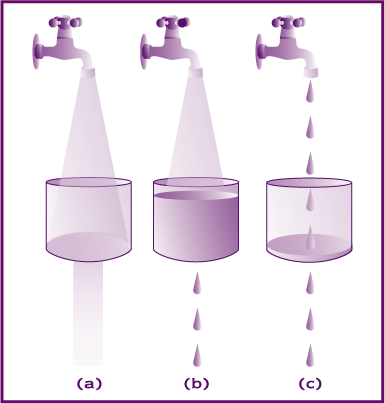NTSAD - How does substrate reduction therapy work?
- Details
- Category: Category 2: Substrate Reduction Therapy
Substrate reduction therapy uses small molecules that pass the blood brain barrier into the central nervous system and decrease the amount of substrate or waste product that accumulates. Think of a clogged sink with the faucet running and turning down the faucet (c). The water will still fill up the sink but it will take longer.

A visual representation:
a) In most individuals the substrate (water) can be degraded efficiently by adequate enzyme volume (hole in sink).
b) In affected individuals the amount of enzyme is insufficient to efficiently degrade the substrate and it accumulates.
c) In affected individuals treated with substrate synthesis reduction therapy, the amount of substrate is decreased to match the amount of residual enzyme to prevent accumulation.
The NTSAD Scientific Advisory Committee (SAC) subcommittee on experimental therapies recently reviewed the data regarding miglustat’s safety and potential efficacy. Read this Report on Substrate Reduction Therapy for Lysosomal Storage Diseases.
